Osgood Schlatter Disease In Adults
Osgood schlatter disease in adults. The pain is usually exacerbated by physical activities like running jumping and climbing stairs. The ossicle associated to OSD is generally small and located outside the joint near the tibial tubercle. The surgery eliminates the bone pieces that are triggering the inflammation of the tendon.
Osgood-Schlatter disease can cause local pain inflammation swelling and rarely calcification. This explains why its more common in teens and adults who play sports. Osgood-Schlatter disease is a condition that causes pain and swelling below the knee joint where the patellar tendon attaches to the top of the shinbone tibia a spot called the tibial tuberosity.
Osgood-Schlatter disease OSD is a condition in which the patellar tendon insertion on the tibial tuberosity becomes inflamed. The purpose of this study is to describe the pathological lesions our surgical technique. Other than having swelling and chronic pain in the area of the disease there are not many complications from having.
In old cases of Osgood-Schlatter disease location and nature of the damage can be determined by hystotope analysis. However large or intra-articular ossicle has been reported rarely. There may also be inflammation of the patellar tendon which stretches over the kneecap.
Results of surgical treatment of unresolved. Some of the symptoms of Osgood-Schlatter disease are. Osgood-Schlatter is a common disease with most cases resolving spontaneously with skeletal maturity.
Osgood-Schlatter disease can be diagnosed by a thorough history and physical examination. Osgood-Schlatter disease is a painful inflammation of the upper portion of the tibia shinbone approximately 1 inch below the patella kneecap. Top 4 Treatment Options for Adults with Osgood Schlatters Resting and Icing Your Knee Resting the knee elevating it and icing can all help drain any excess swelling and.
This disease is one of the manifestations of heterotopic ossification. OsgoodSchlatter disease OSD is known as a self-limiting condition but surgical excision of the ossicles may be required in adults resistant to conservative treatments.
The Osgood Schlatter disease surgery is usually performed only in adults since the syndrome usually goes away in children and surgery could injure the growth plate region.
Some of the symptoms of Osgood-Schlatter disease are. The ossicle associated to OSD is generally small and located outside the joint near the tibial tubercle. The pain is usually exacerbated by physical activities like running jumping and climbing stairs. Results of surgical treatment of unresolved. The purpose of this study is to describe the pathological lesions our surgical technique. Osgood-Schlatter disease is a painful inflammation of the upper portion of the tibia shinbone approximately 1 inch below the patella kneecap. Osgood-Schlatter disease is a condition that causes pain and swelling below the knee joint where the patellar tendon attaches to the top of the shinbone tibia a spot called the tibial tuberosity. The surgery eliminates the bone pieces that are triggering the inflammation of the tendon. There may also be inflammation of the patellar tendon which stretches over the kneecap.
The pain is usually exacerbated by physical activities like running jumping and climbing stairs. Osgood-Schlatter disease can be diagnosed by a thorough history and physical examination. Osgood-Schlatter is a common disease with most cases resolving spontaneously with skeletal maturity. The pain is usually exacerbated by physical activities like running jumping and climbing stairs. Osgood-Schlatter disease is a condition that causes pain and swelling below the knee joint where the patellar tendon attaches to the top of the shinbone tibia a spot called the tibial tuberosity. Results of surgical treatment of unresolved. Osgood-Schlatter disease OSD is a condition in which the patellar tendon insertion on the tibial tuberosity becomes inflamed.

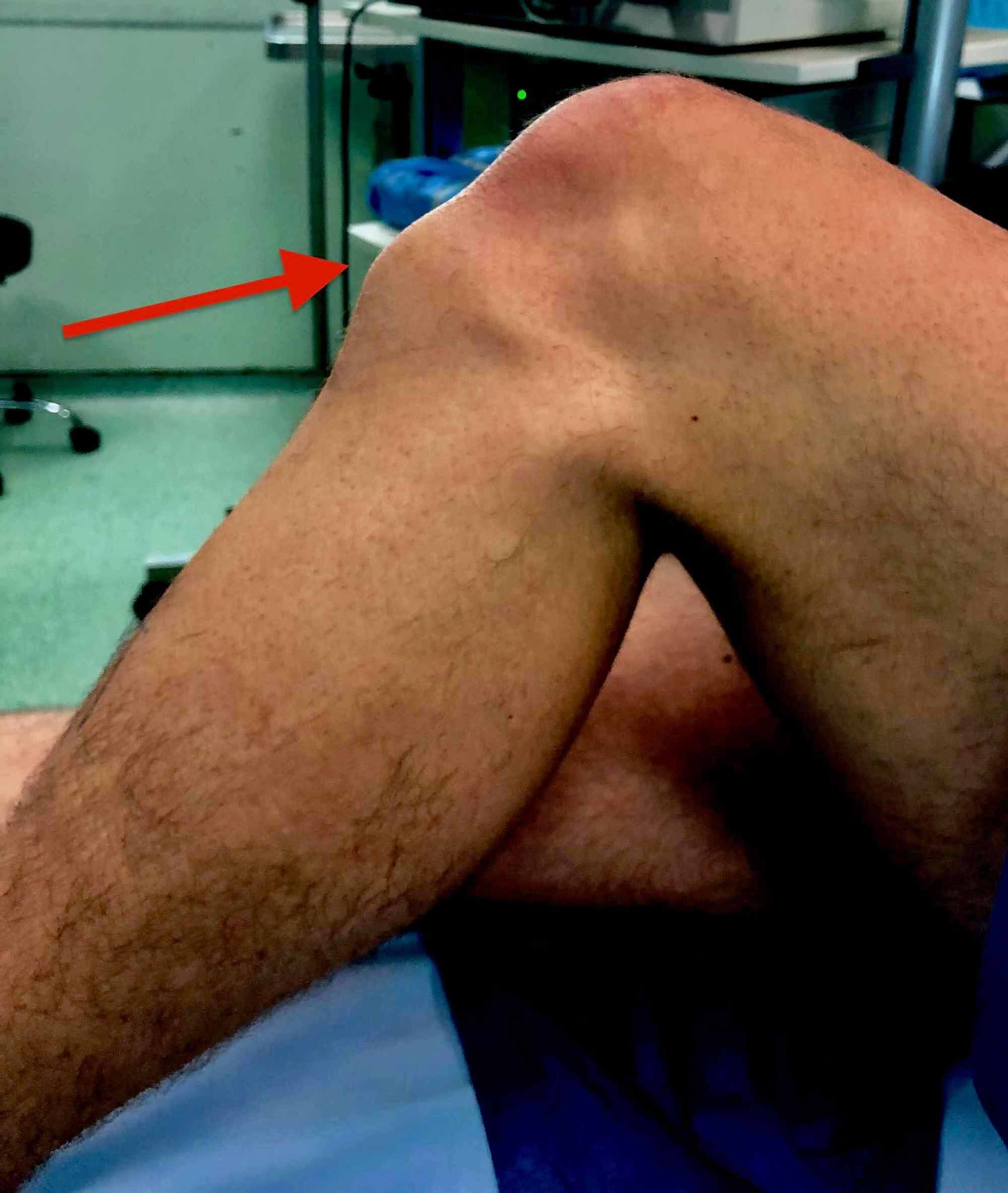
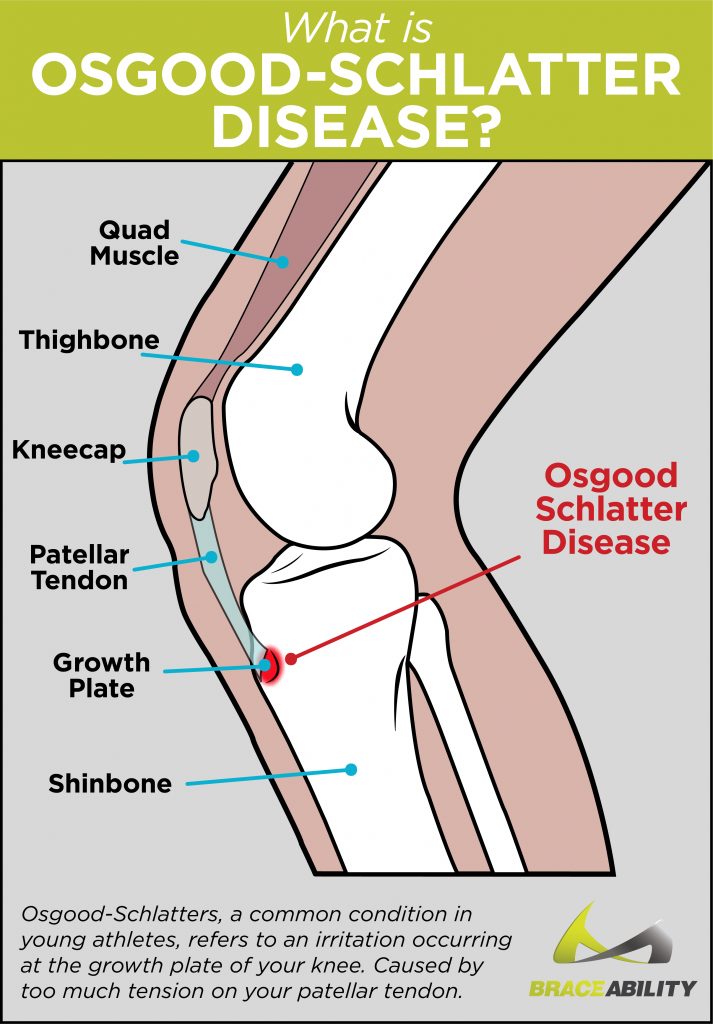
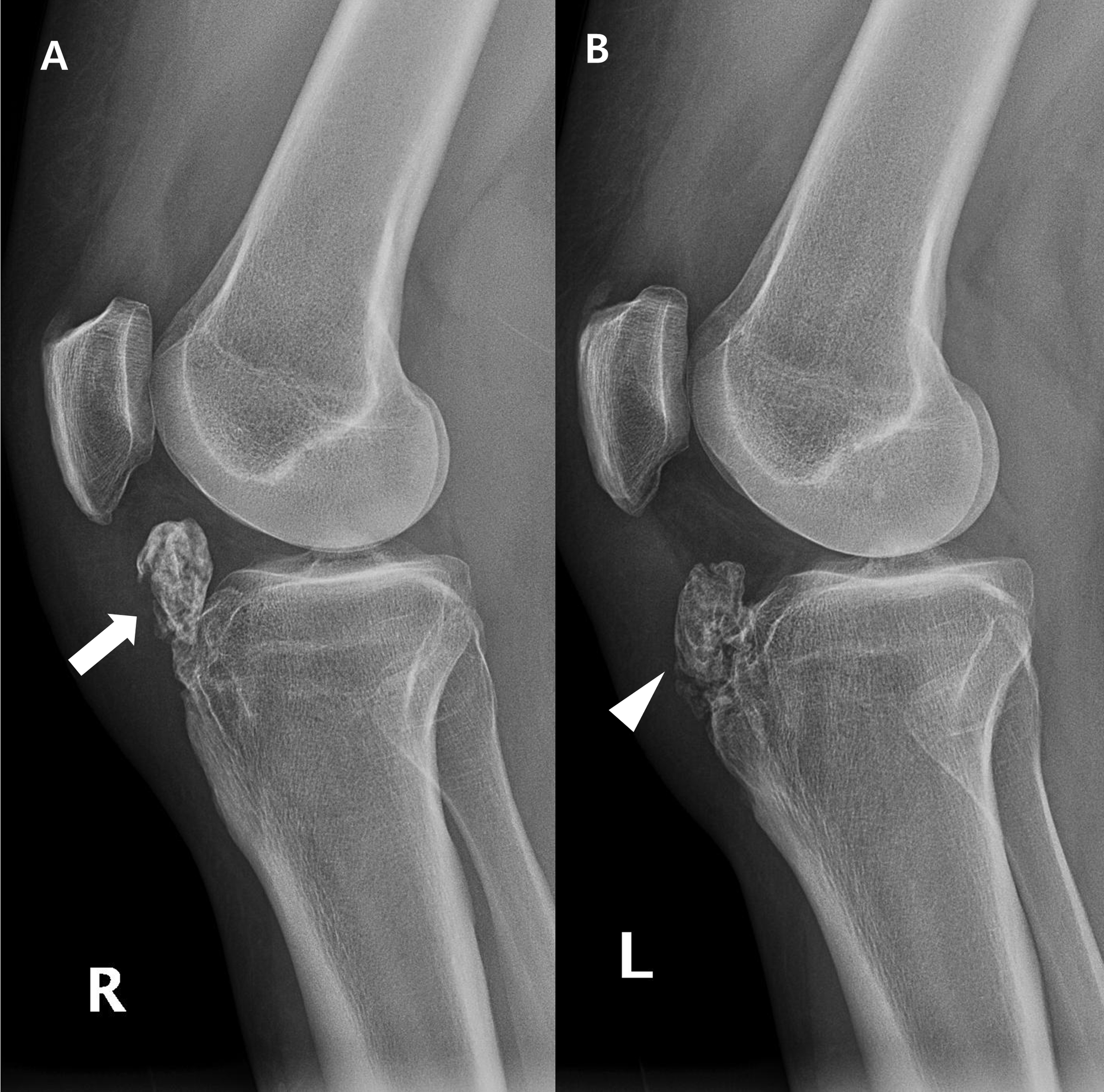

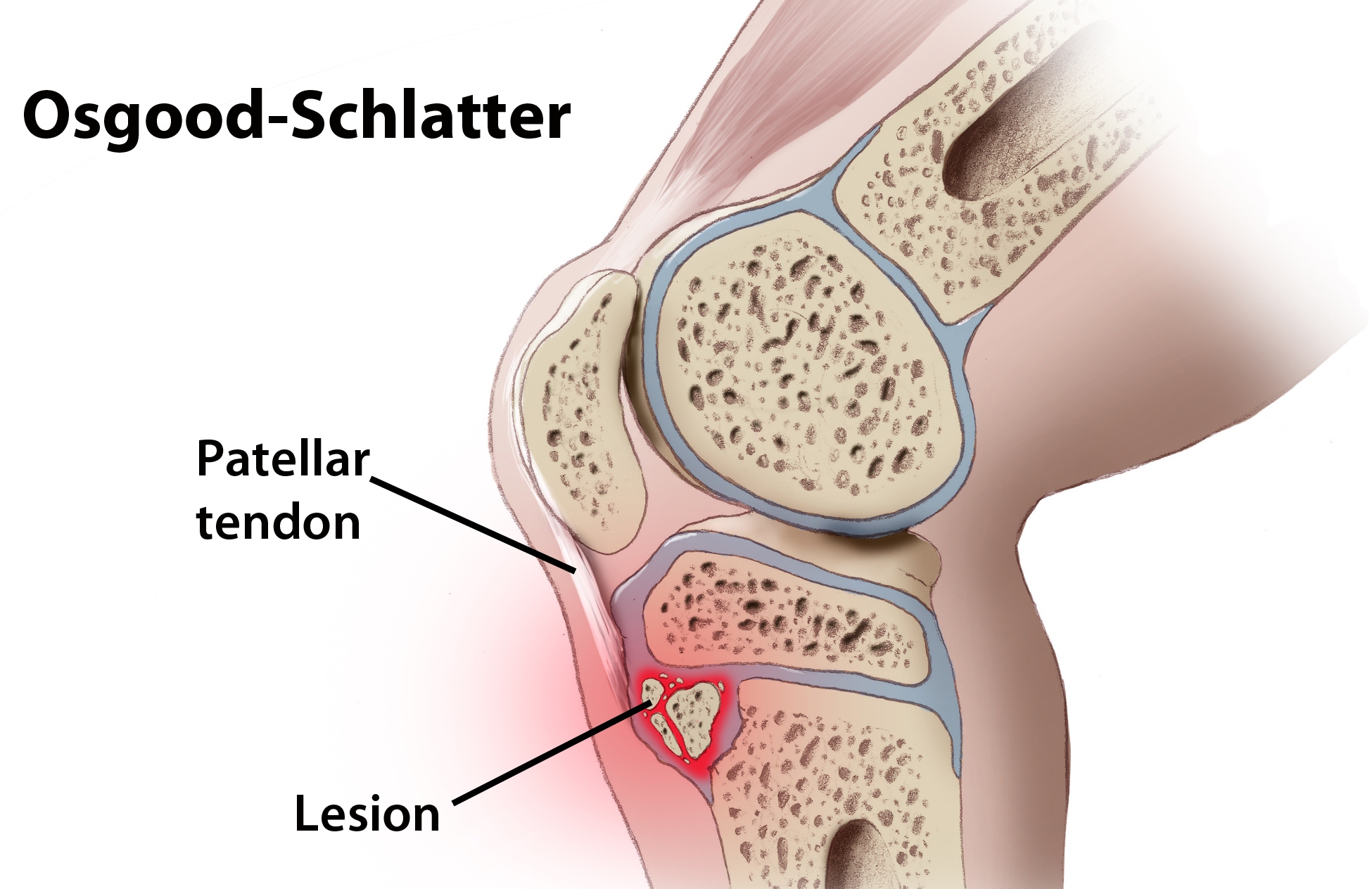
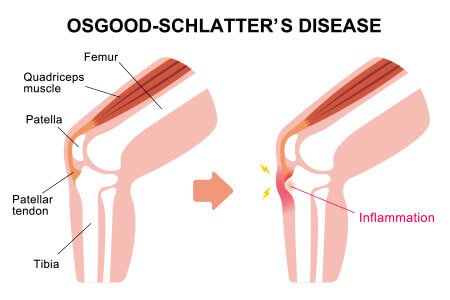


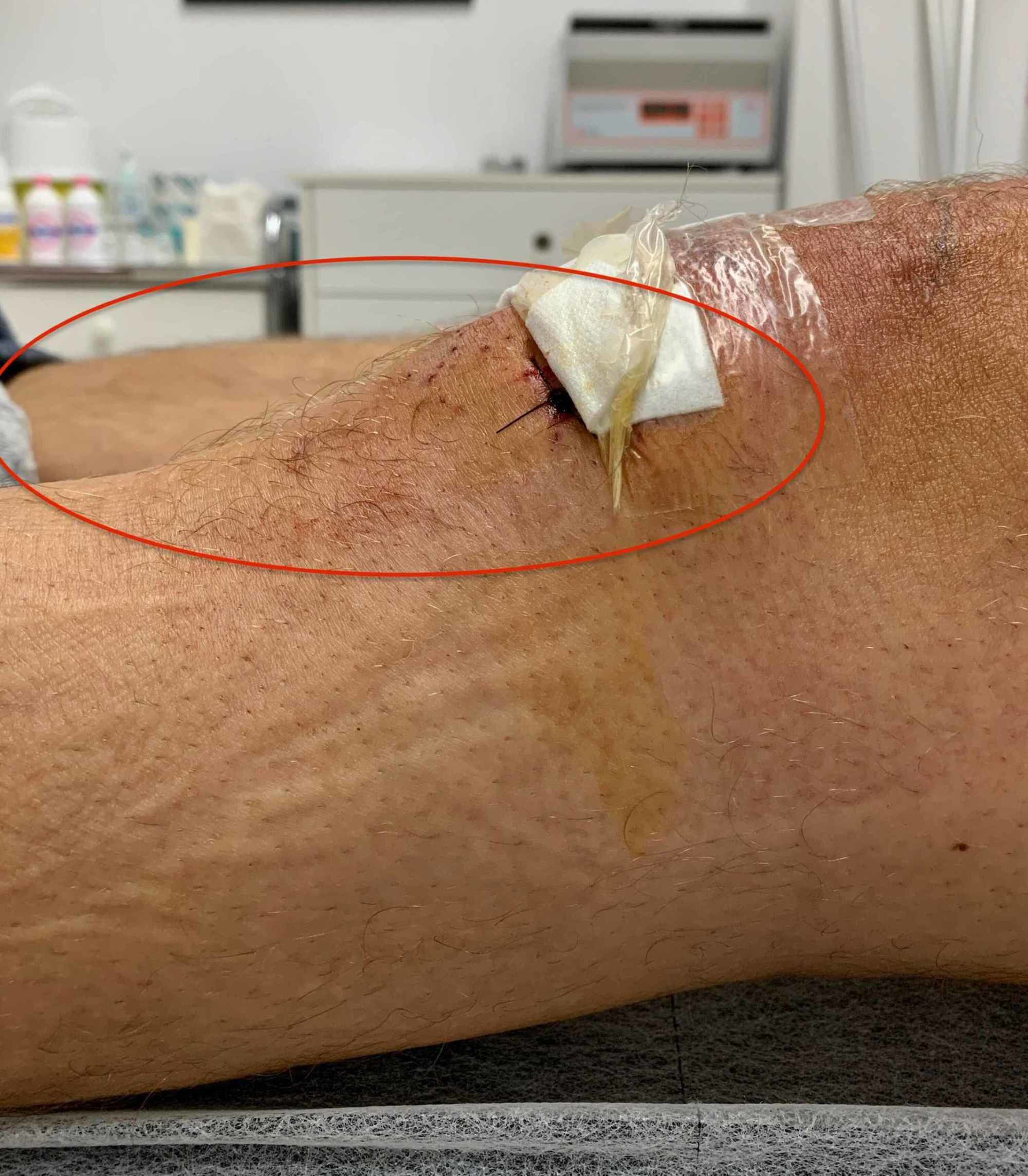




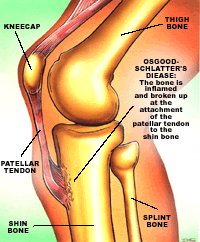

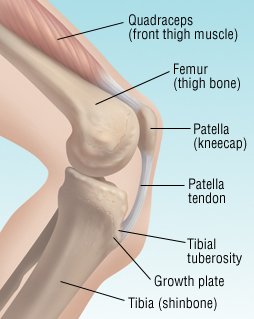
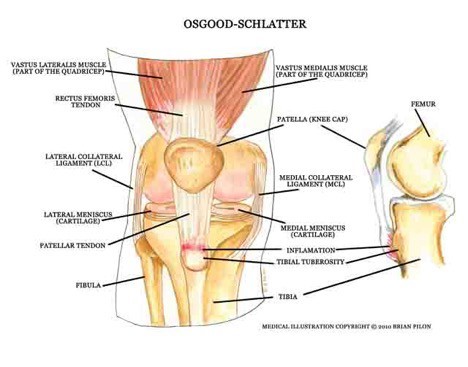
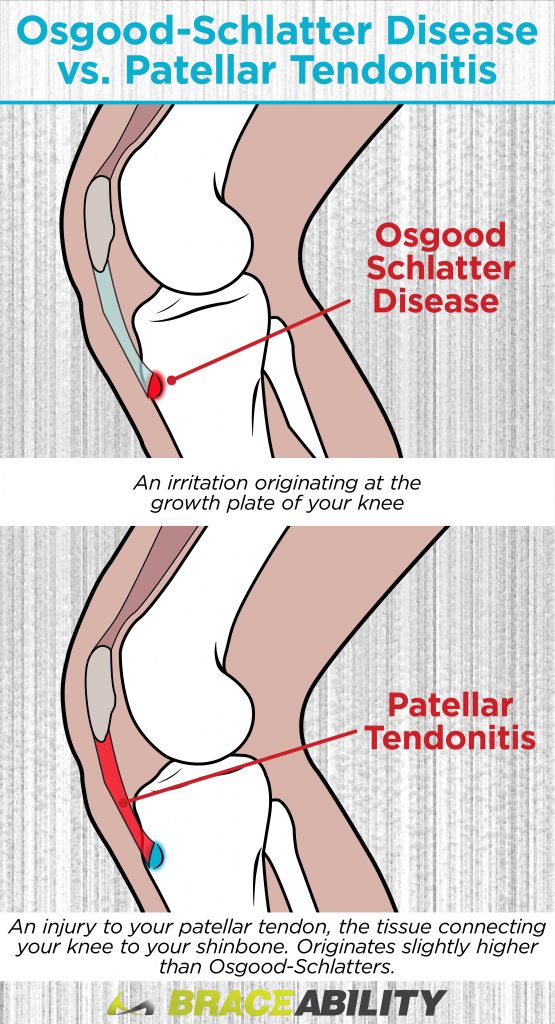





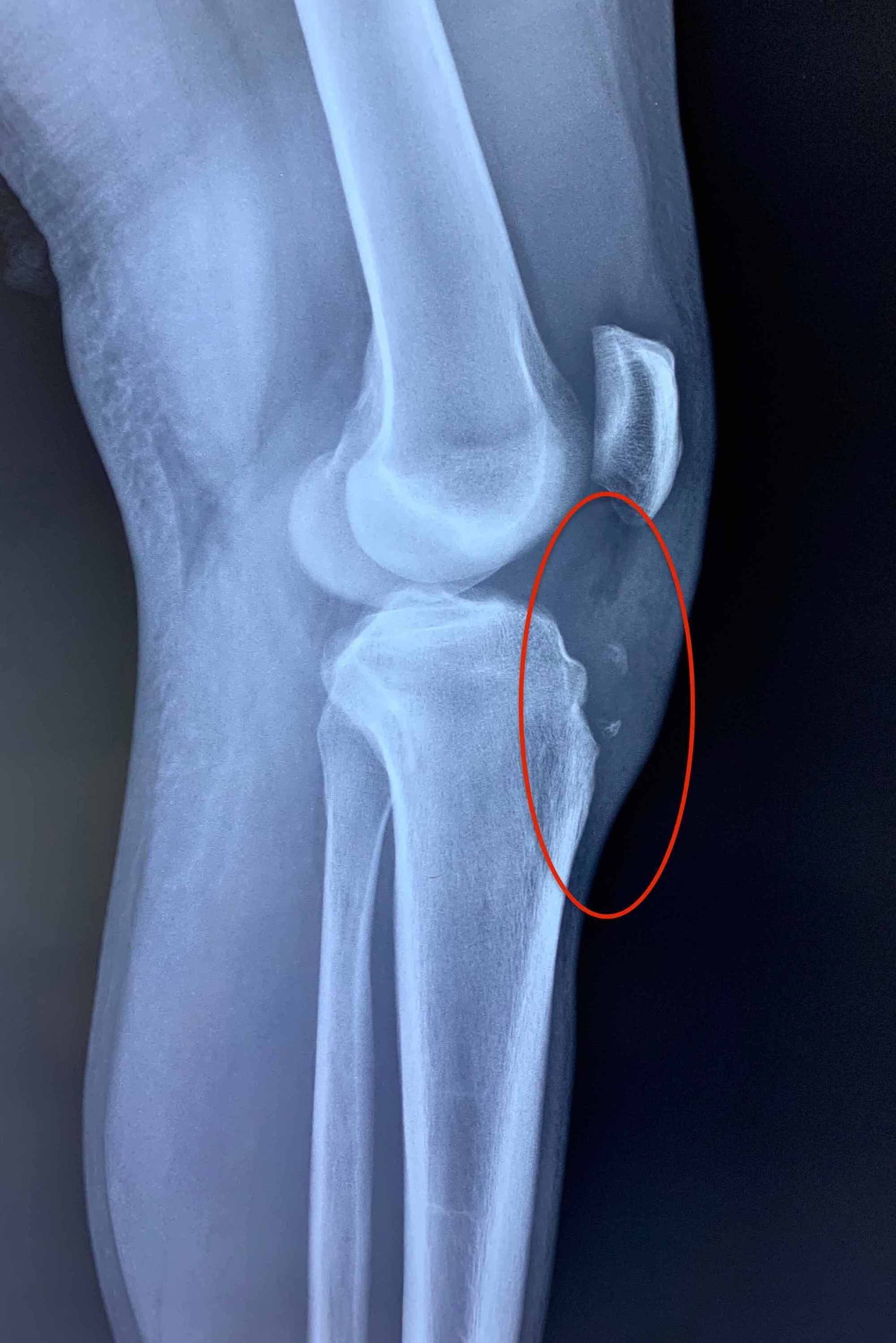




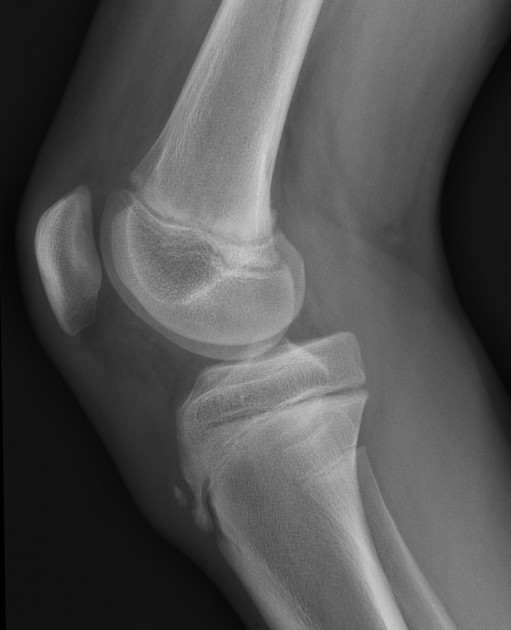

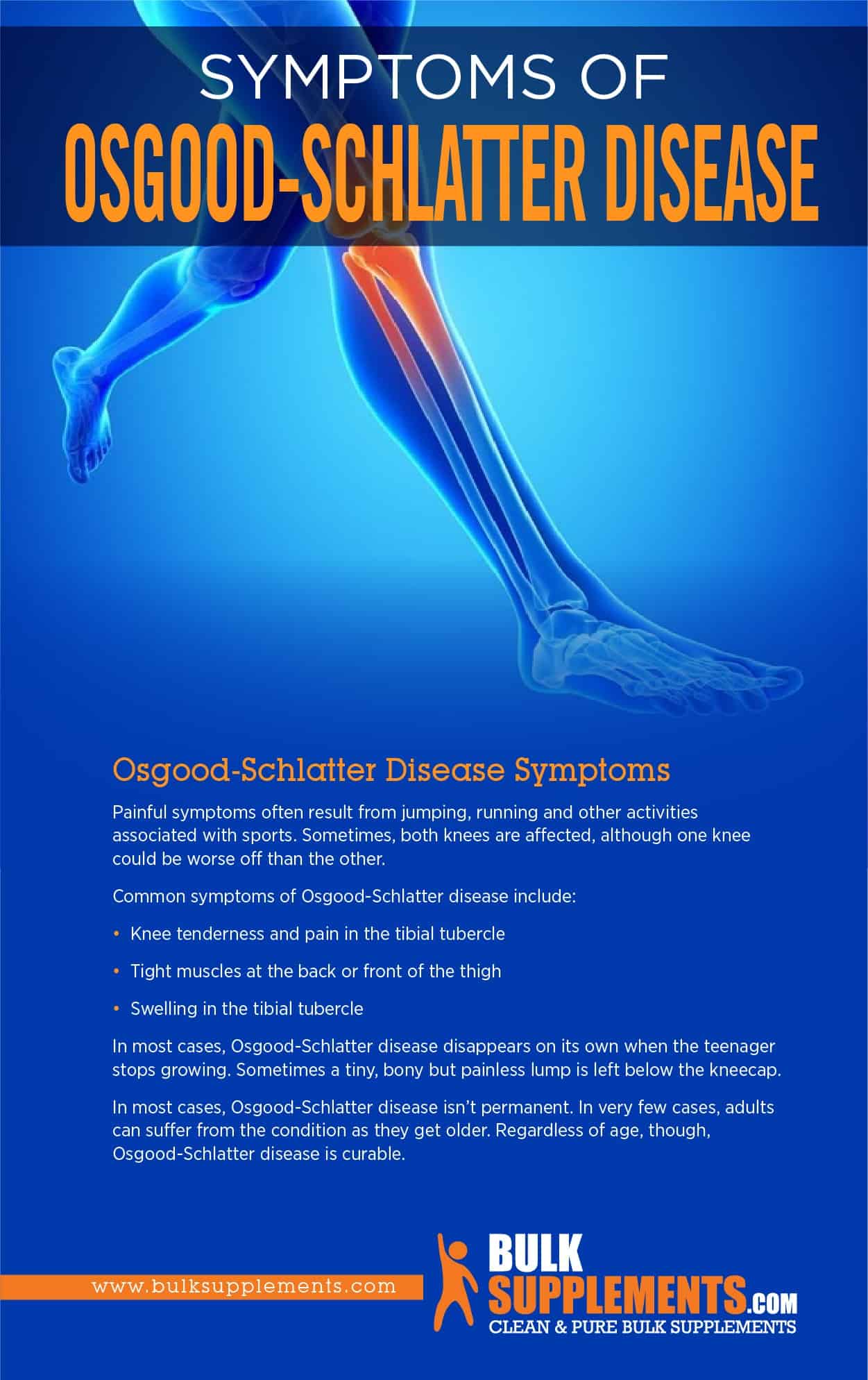




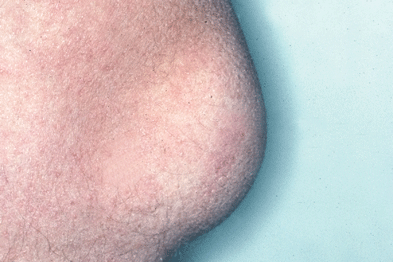

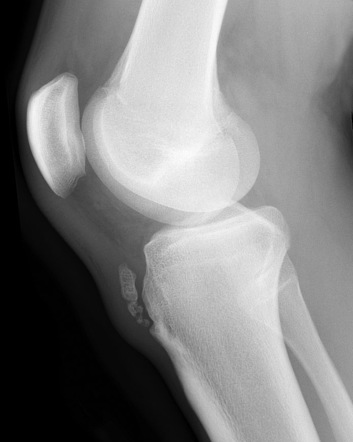

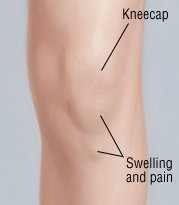

Post a Comment for "Osgood Schlatter Disease In Adults"